Treasure appraisal in Stardew Valley is a gameplay mechanic that allows players to identify and value unique items. This feature helps players determine the worth of their discoveries, aiding in decision-making for selling or using items in-game. It adds depth to the treasure-hunting experience, making exploration more rewarding and strategic.
What is Treasure Appraisal in Stardew Valley?
Treasure appraisal in Stardew Valley is a feature that allows players to evaluate unique items found during exploration. This system provides detailed information about an item’s origins, value, and potential uses. By submitting items to the appraiser, players can unlock their secrets and determine their worth.
This feature adds depth to the game, making exploration more rewarding. It also helps players make informed decisions about whether to keep, sell, or use items for crafting or gifting. The appraisal process is accessible once unlocked, offering insights into the game’s rich world and hidden treasures.
Importance of Treasure Appraisal in the Game
Treasure appraisal is crucial in Stardew Valley as it helps players determine the value and significance of discovered items. This feature not only aids in decision-making but also enhances gameplay by revealing item origins and uses.
Understanding item values through appraisal can maximize profits, guide crafting decisions, and even assist in completing museum collections. It adds a layer of strategy, making exploration and farming more rewarding. By knowing what items are truly valuable, players can optimize their resources and progress more effectively in the game. This system is essential for both casual and advanced players aiming to enhance their in-game success.

Unlocking Treasure Appraisal
Treasure appraisal is unlocked in Stardew Valley by completing a specific quest from the Wizard, who resides in the library. Completing this quest grants access to the appraisal feature.
How to Unlock the Treasure Appraisal Feature
To unlock treasure appraisal in Stardew Valley, players must complete a quest from the Wizard. This quest becomes available after reaching a certain point in the game. The Wizard, located in the library, will request a rare item called a Prismatic Shard. Once you provide this item, the Wizard will unlock the treasure appraisal feature, allowing you to identify and value unique treasures. After completing the quest, visit the Appraisal Shop in Pelican Town to begin appraising items. This feature is essential for maximizing profits and understanding item values in the game.
Requirements for Treasure Appraisal
To use the treasure appraisal feature in Stardew Valley, certain requirements must be met. First, the Wizard must have unlocked the appraisal shop, which happens after completing his quest. Additionally, players need to gather specific items, such as Prismatic Shards, to initiate the appraisal process. The quality of the item being appraised can also affect the outcome, with higher-quality items yielding better results. Finally, players must wait for the appraisal to complete, as it takes in-game time. Meeting these requirements ensures accurate valuations and maximizes the benefits of treasure appraisal in the game.
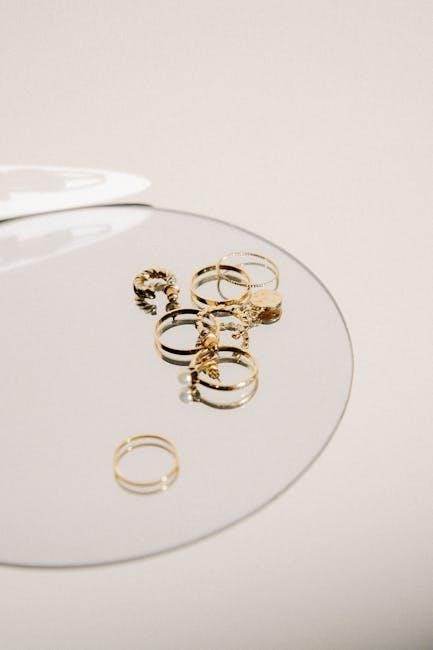
Step-by-Step Guide to Appraising Treasures
- Gather Prismatic Shards to initiate the appraisal process.
- Visit the Wizard’s Tower to access the appraisal shop.
- Submit your treasure for appraisal and wait for the results.
- Use the appraisal outcome to decide whether to sell or keep the item.
Where to Find the Appraisal Shop
The appraisal shop in Stardew Valley is located in the Wizard’s Tower, situated north of the Magic Forest. To access it, you must first unlock the tower by completing specific in-game tasks or quests. Once inside, you can use Prismatic Shards to appraise your treasures, gaining valuable insights into their worth. This convenient service helps players make informed decisions about their items, whether they choose to sell them or keep them for future use. The Wizard’s Tower is a key location for those seeking to enhance their treasure-hunting experience in the game.
How to Submit Items for Appraisal
To submit items for appraisal in Stardew Valley, visit the Wizard’s Tower and interact with the appraisal bench. Access the appraisal menu, select the item you wish to appraise, and confirm your choice. Each appraisal requires one Prismatic Shard and takes a short time to process. Once complete, the Wizard will reveal the item’s value and any additional details. This feature is invaluable for determining the worth of rare or mysterious items, helping you decide whether to sell, keep, or use them. Regular appraisals can enhance your treasure-hunting strategy and maximize profits in the game.
Understanding Appraisal Results
After appraising an item, the Wizard will provide detailed information about its value, rarity, and potential uses. The appraisal results will reveal if the item is ordinary, rare, or even legendary, impacting its sellable price. Higher-quality items and those with unique properties will yield greater rewards. The appraisal may also indicate if the item can be used in crafting, cooking, or upgrading equipment. This information is crucial for deciding whether to sell the item, use it in-game, or save it for future endeavors. Understanding appraisal results helps players make informed decisions and maximize their in-game profits effectively. This feature enhances the strategic depth of treasure hunting in Stardew Valley;

Treasure Identification and Values
Treasure identification reveals an item’s type, rarity, and base value, while its value is determined by its quality, category, and potential enhancements or uses in-game.

Common Treasures and Their Values
In Stardew Valley, common treasures like Quartz, Iron Ore, and Wild Horseradish are frequently found. These items typically have lower values, often ranging between 20-100 gold. Quartz, for instance, is worth about 25 gold, while Iron Ore averages around 50 gold. Wild Horseradish, a foraged item, is valued at 50 gold. These treasures, while not lucrative on their own, can accumulate profit when collected in bulk. Their values increase slightly with higher quality, making them worth identifying and selling, especially for early-game progression. They also serve practical uses in cooking or crafting, adding to their utility beyond raw profit.
Rare and High-Value Treasures
Rare treasures in Stardew Valley command the highest prices and are highly sought after. Items like Ancient Fruit, worth 1,650 gold, and the Void Egg, valued at 3,000 gold, are among the most lucrative. These treasures are often found through specific means, such as Ancient Seeds or rare drops from Void Chickens. Their high value makes them ideal for appraisal to maximize profit. Other rare items, like certain minerals or unique foraged goods, can also yield significant returns. Identifying these treasures early can provide a substantial financial boost, making them a focus for serious players aiming to build wealth quickly in the game.
How Item Quality Affects Appraisal Value
In Stardew Valley, the quality of an item directly impacts its appraisal value. Higher-quality items, such as those labeled “Gold” or “Iridium,” consistently yield higher prices when appraised. For instance, a Gold-quality Ancient Fruit appraises for significantly more than a normal one. This makes improving item quality through farming, mining, or crafting a crucial strategy for maximizing profits. Players can enhance quality by upgrading tools, using fertilizers, or ensuring optimal conditions for growth. Understanding and prioritizing item quality is essential for unlocking the highest appraisal values and achieving financial success in the game.
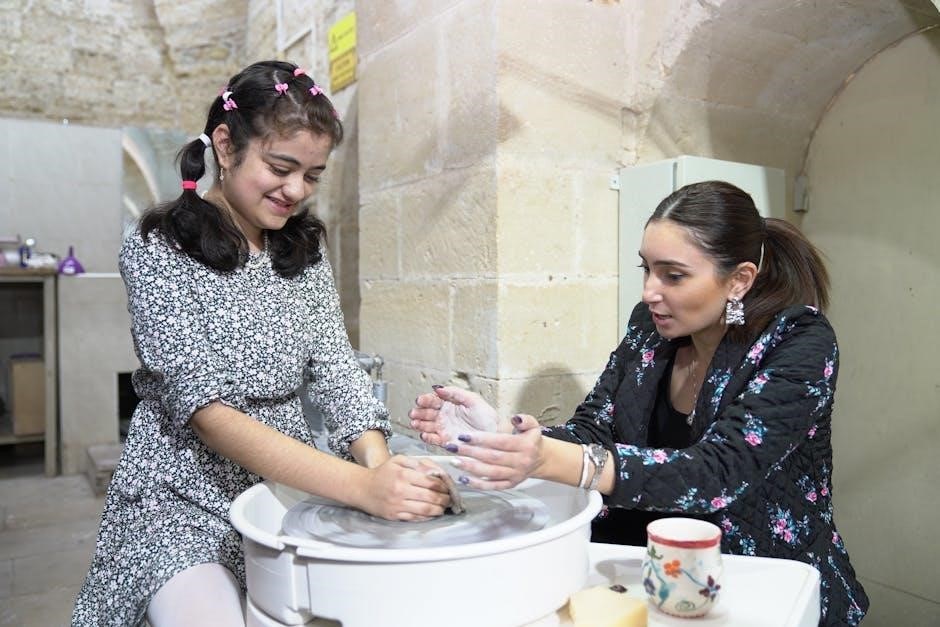
Strategies for Maximizing Treasure Appraisal Profits
Focus on high-demand treasures, time market trends, and utilize quality bonuses and crafting to maximize appraisal profits efficiently in Stardew Valley.
Best Items to Appraise for Maximum Profit
In Stardew Valley, focusing on rare and high-quality items yields the best appraisal profits. Diamonds, prismatic shards, and certain rare fish like the Legendary Fish are top choices. Enchanted items and those with special properties also appraise well. To maximize returns, ensure items are of the highest quality and consider market trends. Additionally, combining items or enhancing them through crafting can significantly boost their appraisal value. Timing appraisals during peak demand periods can further increase profitability.
When to Appraise vs. When to Sell Directly
Deciding whether to appraise or sell directly depends on the item’s potential value. Appraisal is ideal for rare or high-quality treasures, as it often yields higher profits than selling outright. For common items with low value, selling directly saves time and effort. Consider market demand and item rarity—appraisal shines for unique or seasonal items. If unsure, appraise first to discover hidden value. Otherwise, sell directly for quick gold. Balancing these strategies maximizes profitability and efficiency in Stardew Valley’s economy.
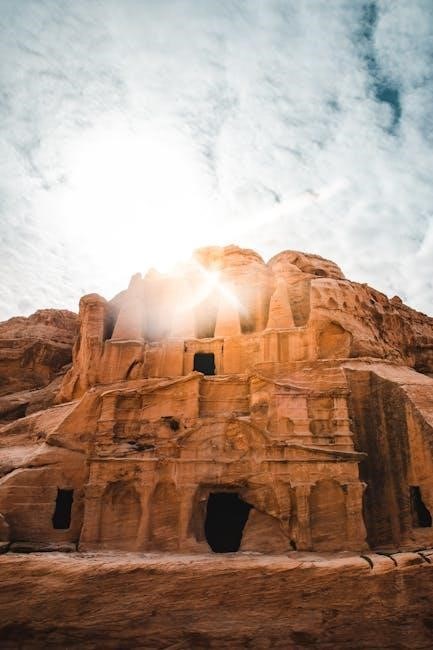
Tips for Effective Treasure Farming
Farm in areas with high treasure drop rates, like caves and beaches. Use quality tools to increase drop chances. Focus on seasonal items for better appraisal value. Stay consistent and patient for rare finds.
Best Locations for Finding Treasures
The best locations for finding treasures in Stardew Valley include the Mines, Skull Cavern, Beach, and specific farm areas. The Mines offer ores and gems, while the Beach often yields rare items, especially after storms. The Skull Cavern provides high-value treasures but requires skill and specific tools. Farming certain crops can also lead to treasure drops, particularly with quality crops. Seasonal events and festivals may boost treasure availability in specific areas. Experimenting with different locations and tools can enhance your treasure-finding efficiency and maximize appraisal value.
Optimizing Your Farm for Treasure Drops
To optimize your farm for treasure drops, focus on planting high-quality crops like Ancient Fruits and Strawberries, as these have higher chances of yielding rare items. Using fertilizers, such as Quality Fertilizer or Magic Fertilizer, can increase the likelihood of treasure drops. Keeping animals on your farm, especially high-quality ones, can occasionally result in rare treasures. Planting fruit trees, particularly when they’re fully grown, can also trigger treasure drops. Additionally, placing crab pots in water areas and maintaining a clean farm by clearing debris can increase your chances of finding treasures, making farming a lucrative way to gather valuable items for appraisal.
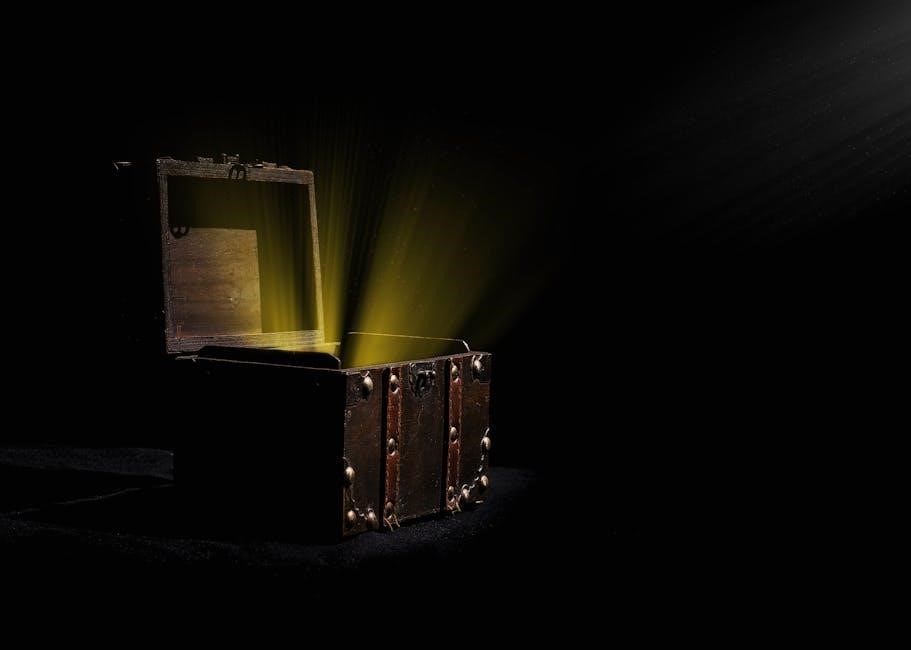
Using the Blacksmith for Treasure Enhancement
Upgrade tools like pickaxes and fishing rods with ores and gems to improve treasure-hunting efficiency, enabling access to higher-quality items for appraisal and better rewards.
How to Upgrade Items Through the Blacksmith
To upgrade items, gather ores and gems, then visit Clint at the Blacksmith shop. Select the item you wish to enhance and confirm the upgrade. Each upgrade requires specific materials and gold, improving the item’s quality and performance. Upgrading tools like pickaxes or fishing rods boosts their efficiency, allowing you to mine or fish more effectively. Better tools mean higher-quality treasures, which can yield greater rewards when appraised. Regular upgrades are essential for maximizing treasure-hunting success and profit in Stardew Valley.
Enhancing Treasure Value via Crafting
Crafting is a powerful way to enhance treasure value in Stardew Valley. By creating items like crystalarrows, enchanted bait, or skeleton keys, you can improve their quality and appraisal worth. Use rare materials like gems, ores, and monster drops to craft high-value items. Experiment with different recipes to discover which crafted items yield the best returns. Crafting also allows you to combine lower-value treasures into more valuable ones. This strategy complements farming and mining efforts, ensuring you maximize profits. Focus on crafting items with high demand or unique properties to boost their appraisal value significantly.
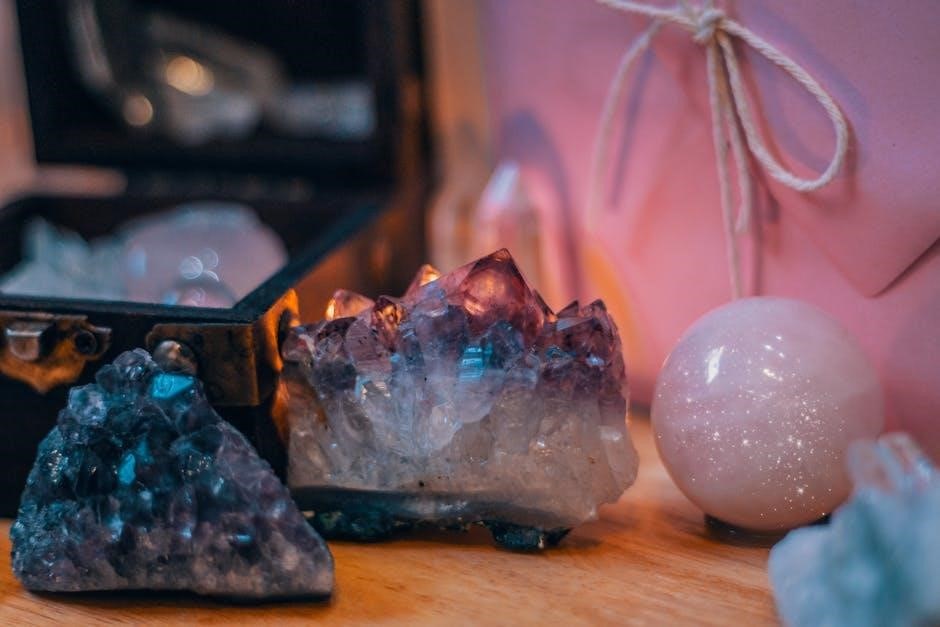
Advanced Treasure Appraisal Techniques
Master advanced techniques like identifying rare item traits, analyzing market trends, and optimizing inventory. These strategies refine your approach, ensuring better returns from appraised treasures.
Mastering the Art of Treasure Identification
Mastering treasure identification involves recognizing rare item traits, understanding their origins, and studying in-game patterns. Explore diverse locations like mines, dungeons, and fishing spots to familiarize yourself with item appearances and stats. Use tools like the Magnifying Glass to examine details, and cross-reference with community guides or in-game lore. Pay attention to item quality, as higher-tier items often yield better appraisal results. Practice consistently to develop an eye for distinguishing common from rare treasures, ensuring you maximize profits and avoid undervaluing unique items.
Advanced Strategies for Seasoned Players
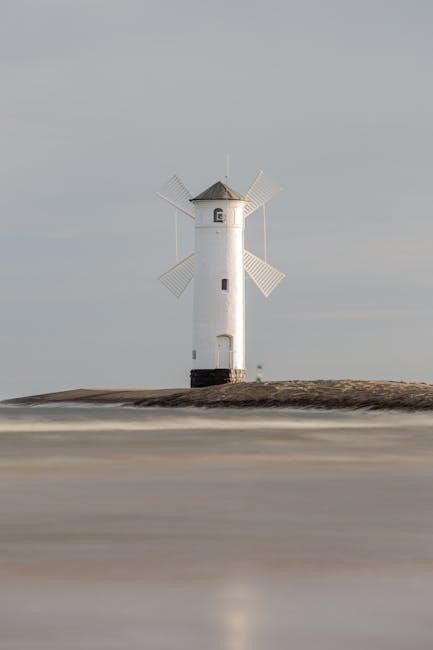
For seasoned players, advanced strategies involve optimizing inventory management and leveraging in-game mechanics. Focus on acquiring high-demand items during festivals or special events, as these often yield higher appraisal values. Invest in upgrading your tools and backpack to carry more treasures. Develop a keen understanding of market trends to identify undervalued items. Additionally, master the art of combining items to create rare collections, which significantly boost appraisal profits. Finally, maintain a long-term farming strategy to sustain consistent treasure drops and ensure steady income through appraisal. These tactics refine your approach and maximize profitability in the competitive world of Stardew Valley treasure appraisal.
Mastering treasure appraisal in Stardew Valley unlocks its full potential, offering an enjoyable and rewarding experience. Use these strategies to maximize profits and keep exploring!
Final Thoughts on Treasure Appraisal
Treasure appraisal is a core feature in Stardew Valley, offering players a unique way to turn their finds into gold. By mastering appraisal strategies, you can maximize profits and enhance your gameplay experience. Always consider item quality, rarity, and market demand when deciding to appraise or sell directly. Exploring diverse locations and farming strategies will help you uncover rare treasures. Remember, patience and practice are key to becoming a skilled appraiser. With these tips, you’ll be well-equipped to dominate the treasure appraisal scene and elevate your Stardew Valley journey to new heights.
Frequently Asked Questions About Treasure Appraisal
Q: How do I start treasure appraisal in Stardew Valley?
A: Unlock the Desert Map and visit the Appraisal Shop.
Q: What items are worth appraising?
A: Rare ores, gems, and unique treasures often yield high values.
Q: Can I improve appraisal results?
A: Yes, upgrading tools and enhancing items increases their value.
Q: Should I appraise or sell directly?
A: Appraise rare items for higher returns; sell common items quickly for immediate gold.
Q: Does item quality affect appraisal?
A: Yes, higher-quality items appraisal for significantly more gold.
Q: Can I appraisal multiple items at once?
A: No, appraise items individually for accurate valuations.

